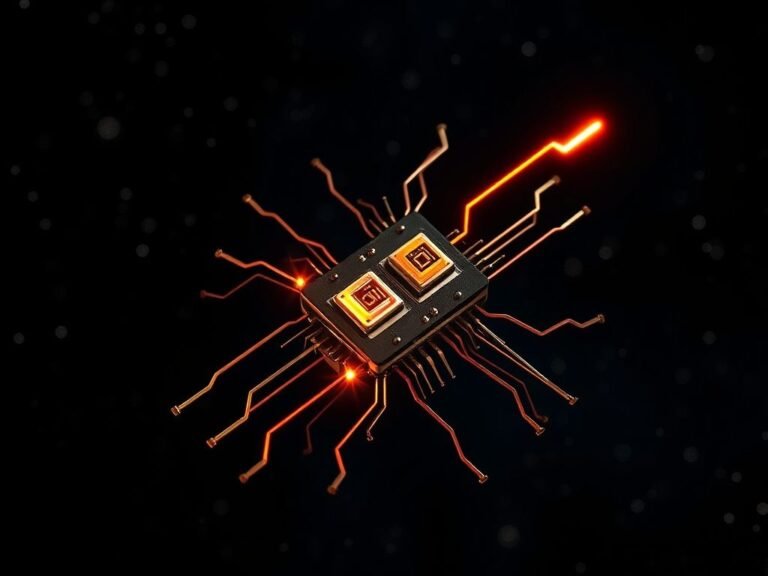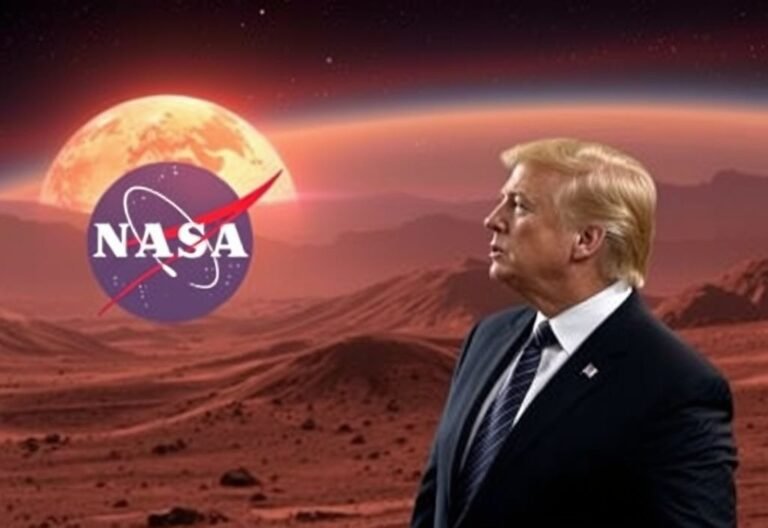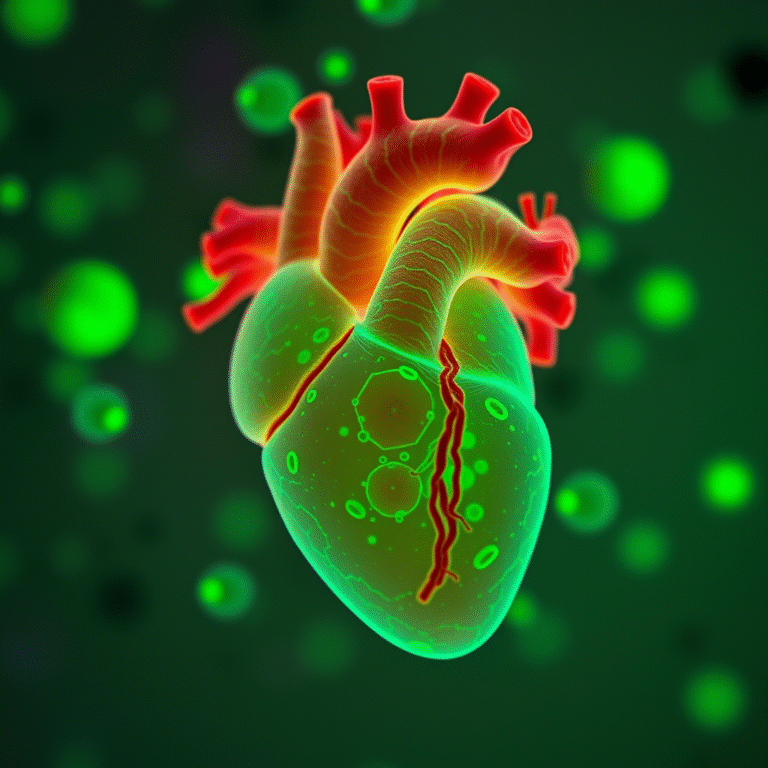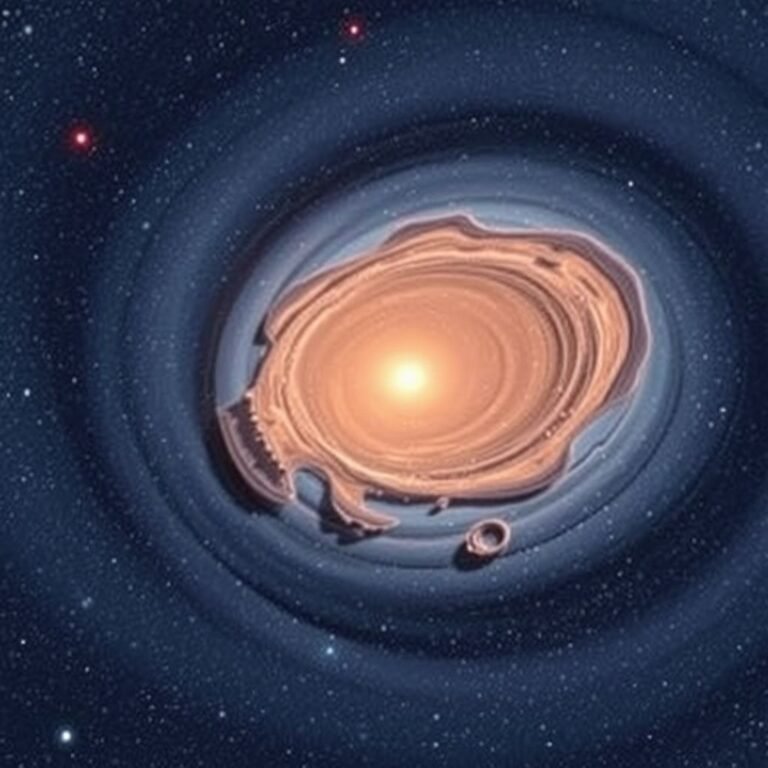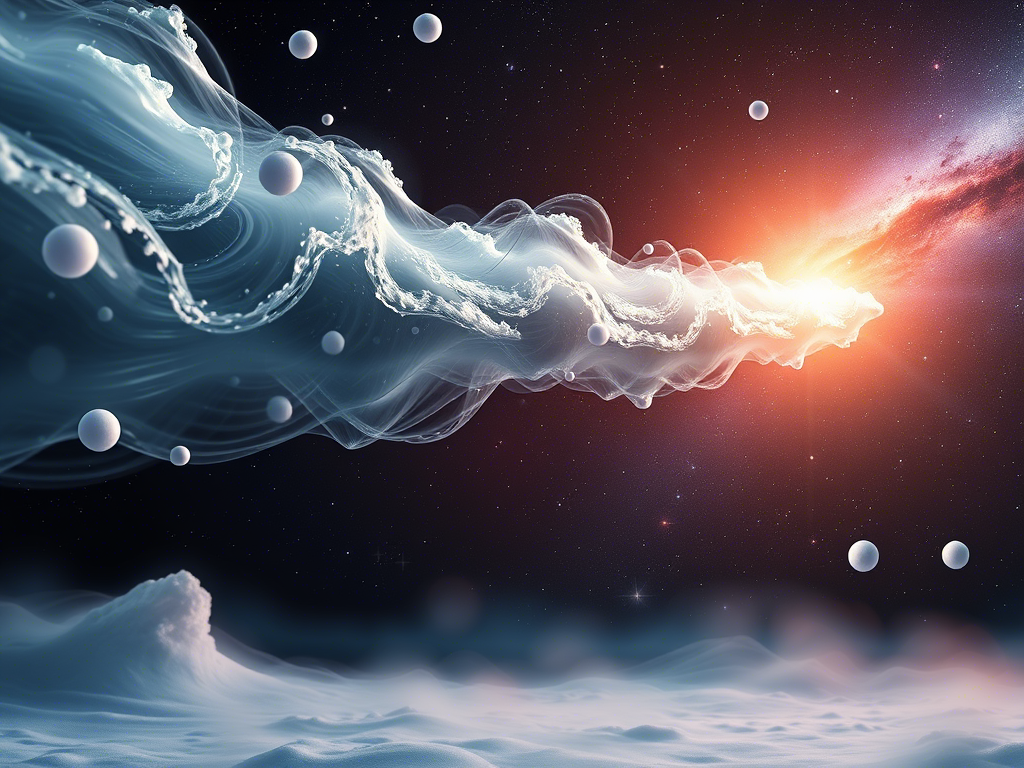
From Motion to Mystery: Tracing the Birth of Dark Matter
🌌 What If Dark Matter Started as Pure Light?
What if the invisible force shaping our universe — dark matter — was once nothing more than light?
A bold new theory from Dartmouth College suggests that dark matter may have originated from high-energy, massless particles in the early universe. According to this model, these particles collided, cooled down, and suddenly transformed into the heavy, slow-moving particles we now believe make up dark matter.
This radical idea, proposed by a Dartmouth professor and an undergraduate student majoring in physics and mathematics, offers a fresh perspective on one of cosmology’s greatest mysteries.
Published in Physical Review Letters , the study proposes that dark matter didn’t exist from the start — it formed later, when these energetic particles paired up and gained mass almost instantly.
Although dark matter remains undetected directly, scientists infer its existence from gravitational effects that visible matter alone can’t explain. It’s estimated to make up about 85% of the universe’s mass .
What sets this theory apart is that it’s testable. The researchers predict that their version of dark matter would leave a subtle but detectable imprint on the Cosmic Microwave Background (CMB) — the ancient radiation left over from the Big Bang.
If confirmed, this could finally reveal how the universe’s unseen scaffolding came to be — not from the beginning, but through a dramatic transformation in its earliest moments.
🌟 A New Story for Dark Matter: From Light to Heavy Clumps
“Dark matter may have started out as nearly massless, fast-moving particles — almost like light,” explains Dr. Robert Caldwell, professor of physics and astronomy at Dartmouth and senior author of the study.
“This idea goes completely against the traditional view of dark matter as cold, heavy clumps that help shape galaxies,” he adds. “Our theory tries to explain how it transformed from something so lightweight and energetic into the invisible mass we see influencing the universe today.”
🔥 The Early Universe: A Hotbed of Light-Like Particles
In the moments after the Big Bang — the explosive birth of our universe 13.7 billion years ago — space was filled with a chaotic storm of high-energy, fast-moving particles. These particles behaved much like photons , the massless quanta of light that carry electromagnetic energy.
According to the theory proposed by Dr. Robert Caldwell and Guanming Liang ’25 from Dartmouth, this early chaos was also the birthplace of dark matter.
They suggest that huge numbers of these photon-like particles began to pair up, drawn together by the opposite directions of their spins — similar to how magnetic poles attract each other.
As the universe expanded and cooled, an imbalance in these spinning particles caused a sudden drop in energy — much like steam condensing into liquid water. This dramatic shift transformed them into the slow, heavy particles believed to make up dark matter today.
🌀 The Sudden Energy Drop That Created Dark Matter
One of the most surprising findings in the model was the dramatic drop in energy that connects the universe’s early high-energy state to the slow, clumpy form of dark matter we see today, according to Guanming Liang, the study’s lead author.
Liang, a James O. Freedman Presidential Scholar, began working with Professor Robert Caldwell during his junior year at Dartmouth and is now expanding on this research for his senior thesis. His work builds on the findings published in Physical Review Letters and sets the stage for future exploration into dark matter’s origins.
“It’s like these particle pairs were getting ready to become dark matter,” Caldwell explains. “This phase transition helps explain why dark matter is so abundant in the universe today — it all started from the dense, energetic chaos of the early universe.”
⚡ A Clue from Superconductors: How Dark Matter Might Have Formed
The study proposes a theoretical particle that could have triggered the shift from high-energy, light-like particles to the cold, heavy matter we now associate with dark matter.
Interestingly, physicists Robert Caldwell and Guanming Liang point to a known phenomenon in particle physics for support: Cooper pairs — pairs of electrons that form at low temperatures and allow certain materials to conduct electricity with zero resistance, a process seen in superconductors.
They argue that this well-documented behavior shows that particles can indeed come together and undergo sudden energy shifts — just like what they propose happened with dark matter in the early universe.
“We turned to superconductivity for hints about whether such a dramatic drop in energy was even possible,” Caldwell explains. “And Cooper pairs show us that it is — nature has already done it before.”
☕ From Cosmic Espresso to Cold Oatmeal: How Dark Matter May Have Cooled Down
Guanming Liang compares the transformation of these early particles to going from a “double espresso” — full of energy — to “day-old oatmeal” — slow, cold, and dense. This dramatic cooling helps explain why the universe today has far less energy density than it did in its early, fiery moments after the Big Bang.
While scientists already know that the universe has been losing energy density as it expands, Liang and Caldwell’s model also explains how mass density increased , thanks to the formation of cold dark matter.
“Galaxies and cosmic structures get their mass from the density of dark matter,” Liang explains. “But there also needs to be a way for the overall energy density to drop to the levels we observe now — and our model accounts for that.”
He adds that one of the most appealing aspects of their theory is its simplicity:
“You don’t need to add a lot of complicated elements for it to work. It builds on known physics and timelines that already exist.”
🔭 Searching for Clues in the Cosmic Microwave Background
According to Caldwell and Liang’s theory, as these particle pairs slowed down and gained mass, they entered a cold, nearly pressureless state — a condition that should leave a detectable imprint on the Cosmic Microwave Background (CMB) .
The CMB — the oldest light in the universe — has already been studied extensively through major projects like the Simons Observatory in Chile and the upcoming CMB Stage 4 experiment. These observations could provide the perfect test for the researchers’ model.
Caldwell explains:
“It’s exciting because we’re offering a fresh way to understand and possibly detect dark matter — one that could soon be tested with real data.”
📚 From a Paper and a Classroom to a New Theory on Dark Matter
The idea began when Guanming Liang came across a research paper from April 2023 discussing how Cooper pairs might have left an imprint on the early universe. Intrigued, he reached out to the authors and asked whether their model had been tested under conditions of non-zero temperature — and they hadn’t.
At the same time, Liang was taking a solid-state physics course taught by Assistant Professor Rufus Boyack, where he learned the exact mathematical tools needed to take that original model further.
“Prof. Caldwell and I applied the math to see what would happen,” Liang recalls. “And it told us the whole story — a complete picture of how these particles evolved from the extreme heat of the early universe to the cooler state we see today.”
